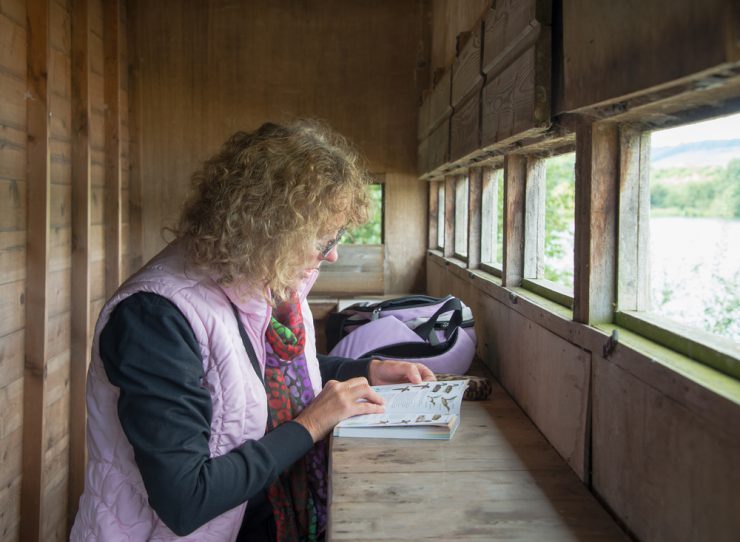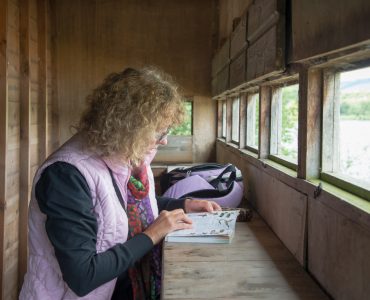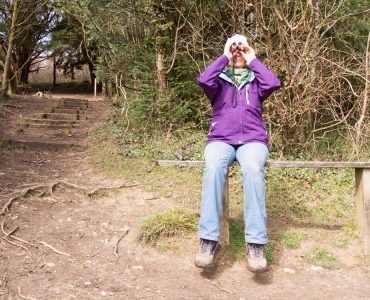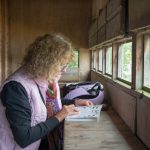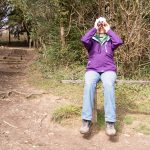The quails are very tiny birds, and highly elusive ones, being very hard to see or pin down in one place. More often than not, one would only hear the bird’s sounds rather than actually know where the bird is. Their plumage is a soft brownish buff colour, with markings found on the wings and the back portion coloured an even darker shade of brown. The quails head is darker than the rest of its body, and has a streaked buff on top of the eyes as well as on the crown. The bird has flesh coloured legs and its bill is a light grey colour. There isn’t much difference in appearance between the male and female birds. The male bird has a curved two band design on its throat and a central dark stripe, and the female bird has a much paler throat with a spotted breast.
The young juveniles of the quail are much like their mothers. The scientific name of the quail is Coturnix Coturnix, and a fully grown bird can go to lengths of about 16 to 18 cm, weighing anywhere between 70 to 135 grams. The bird’s wing span goes about 32 to 35 cm. It is a summer bird mainly, and appears in the country only on a summer migration visit. The quails are marked with a red status in Britain.
The bird’s song is instantly recognisable, singing only in the dawn and the dusk hours of the day. It is mainly the male bird that sings the song, though sometimes the female may tend to join in a duet number. The bird comes into the British locales only during summer, as a migrant bird from the central African regions, where they make their home the rest of the year somewhere to the south of the great Sahara Desert. They rarely venture into gardens and park areas, preferring to remain among large trees and high canopy structures due to their elusive natures.
The quail’s feeding habits are very much like any other birds, feeding on seeds from various plants like the poppy, barley, or even wheat crop. They have a very low intake of small animals or insects, though they do occasionally feed on the larvae found of beetles and ants. They generally are seen rummaging for food in tree tops, very rarely swooping down to the ground to hunt for food.
The breeding season for the quails begins on the month of April and lasts until June. The nests built by the female bird are generally found on ground level, more so in fields, those of corn or of clover. The nest is essentially a hollow dug into the floor by the female, and then covered and lined with many plant materials so that it is not easily visible. The eggs are about 7 to 12 in number, non-glossy textured, and very smooth. They are often found to be spotted heavily in brownish shades. The incubation period lasts about 16 to 21 days, with the nestlings quite capable of feeding themselves after. After about 19 days the young juveniles are able to fly.


